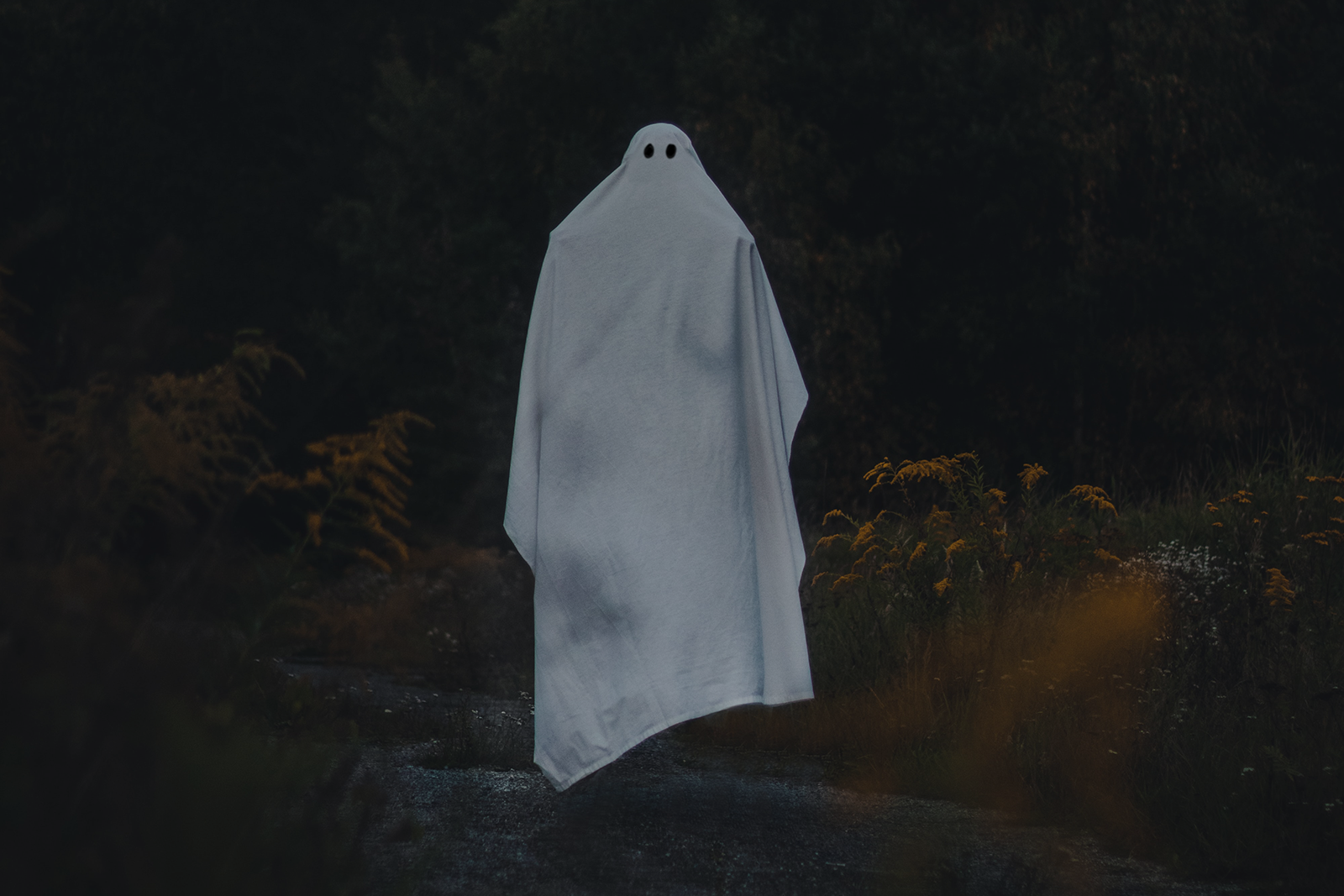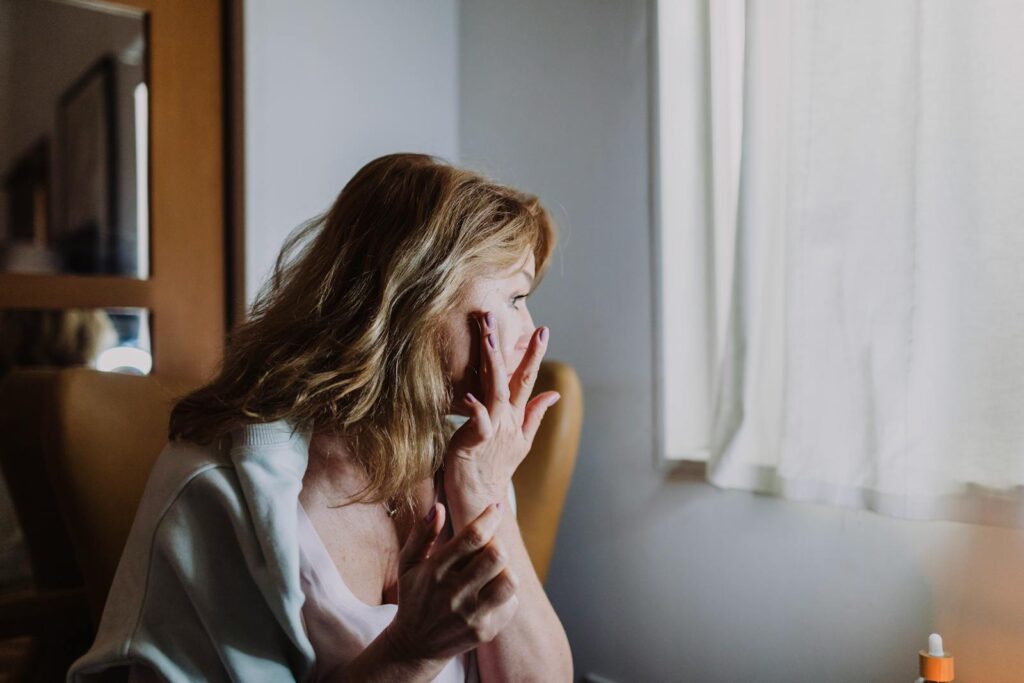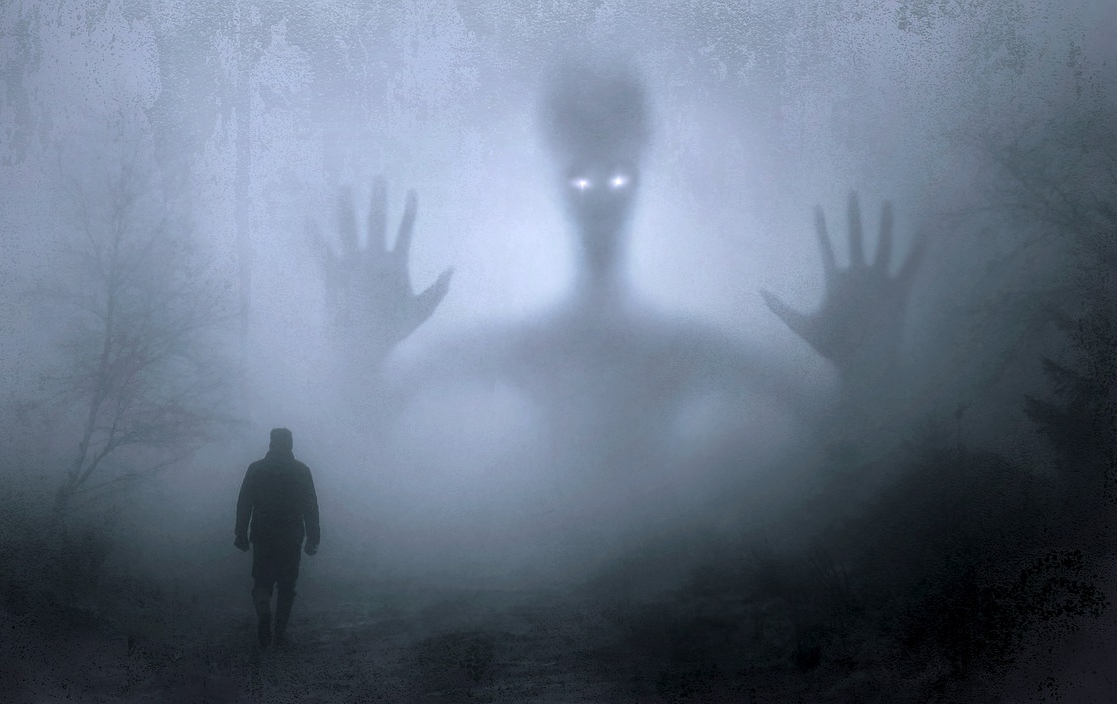
For centuries, the human experience has been punctuated by tales of spectral sightings, disembodied voices, and unexplained phenomena that send shivers down the spine. From chilling campfire stories to personal encounters in dimly lit spaces, the notion of ghosts has captivated and terrified us in equal measure. While the scientific community has yet to provide empirical evidence for the existence of spirits walking among us, a growing body of research from the fields of psychology and neuroscience offers compelling explanations for why these experiences feel so profoundly real.
Indeed, recent fascinating discoveries by scientists and engineers shed light on the complex interplay of our minds, bodies, and environments that can lead to what we perceive as a ghostly encounter. Far from dismissing these experiences, modern research seeks to understand the intricate psychological and environmental factors that lead individuals to believe they have seen ghosts. These insights provide a rational framework for understanding phenomena that have long been relegated to the realm of the supernatural.
In this in-depth exploration, we delve into the multifaceted reasons behind why some individuals are more susceptible to paranormal encounters than others. We will meticulously unpack the various mental and physical factors that can account for nearly any creepy occurrence, offering a comprehensive understanding rooted in evidence-based research and expert opinions, helping to demystify our perpetual urge to sleep with the night light on.
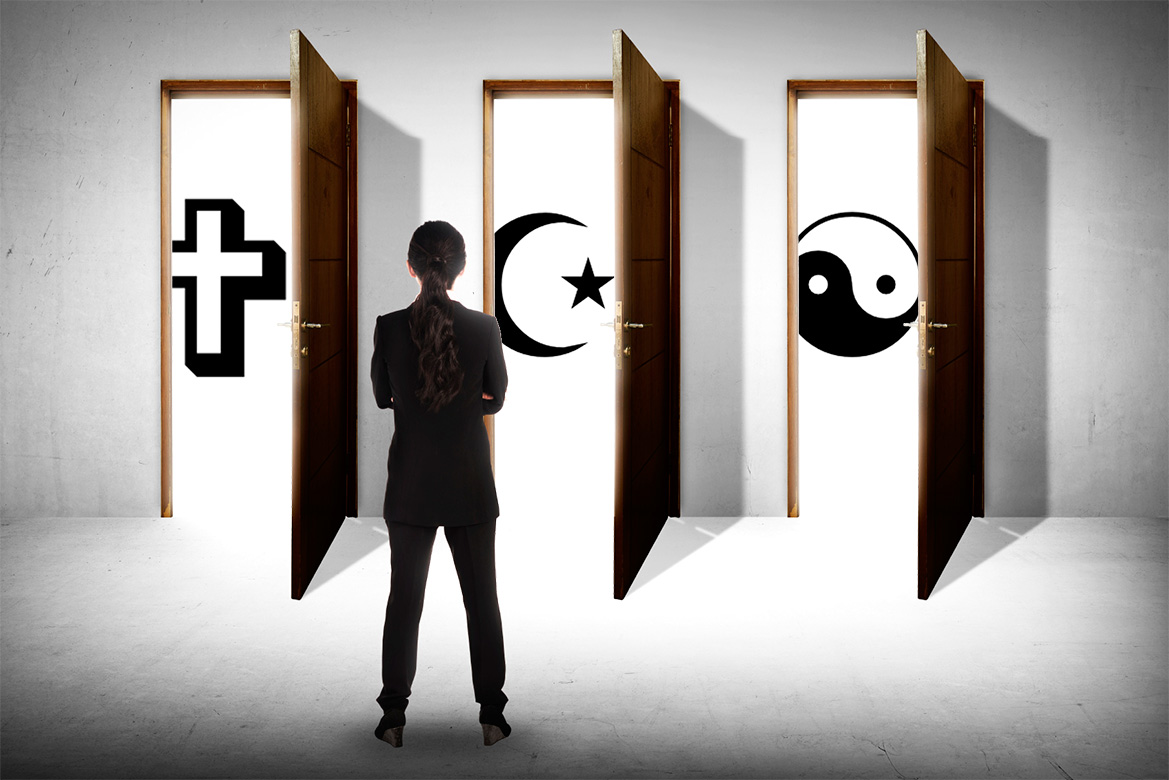
1. **The Power of Belief and Expectation: How Our Minds Shape Reality**Perhaps one of the most fundamental drivers of perceived paranormal activity lies in our pre-existing beliefs and expectations. As sociologist Christopher Bader aptly puts it, “The first requirement for there being a ghost in the house is someone believing there’s a ghost in the house.” Our perception of the world around us is not merely a passive reception of sensory data; rather, it is actively constructed by our brains, heavily influenced by what we anticipate, need, and believe to be true. This becomes particularly apparent when the sensory information we receive is vague, sketchy, or ambiguous, leaving room for interpretation.
In uncertain situations, especially those involving potential threats in our immediate environment, humans are evolutionarily predisposed to err on the side of caution. This often results in a heightened state of alertness or feeling “creeped out,” which in turn triggers a process known as top-down processing. This cognitive mechanism allows our existing beliefs and knowledge to influence how we interpret new sensory data, potentially reinforcing our belief in the paranormal and leading us to interpret ambiguous stimuli as genuine ghostly presences. A study published in 2013 provided empirical support for this idea, confirming that experiences of supernatural phenomena are indeed most likely to occur in environments characterized by threat or ambiguity.
Consequently, individuals who harbor a belief in ghosts and other paranormal entities are more inclined to resolve unclear stimuli—such as a sudden cold spot or an unexpected creaky sound in an old house—as the undeniable work of sinister paranormal forces. In stark contrast, unbelievers are far more likely to diligently search for and identify more mundane, rational explanations for the same occurrences. Given the widespread prevalence of paranormal beliefs within the general population—with Gallup Polls in 2001 and 2005 indicating that approximately 75 percent of Americans hold at least one paranormal belief, and about 50 percent embracing enough to be classified as “believers”—it is hardly surprising that so many individuals ultimately report seeing ghosts.
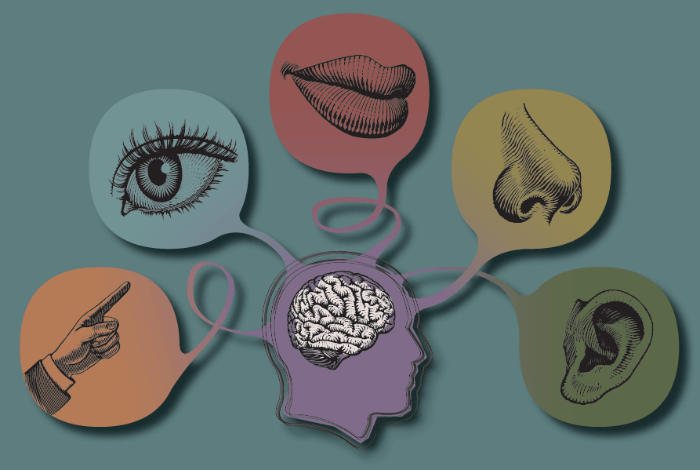
2. **Cognitive Style’s Influence: Intuition Versus Analysis**Beyond mere belief, an individual’s inherent “cognitive style” has been identified as a significant predictor of paranormal beliefs. It is crucial to understand that cognitive style is distinct from intelligence; highly intelligent individuals can still exhibit marked differences in their preferred approaches to problem-solving and determining what constitutes truth. This divergence in processing information plays a substantial role in how we interpret the unexplained phenomena that surround us.
Numerous models have been developed to categorize cognitive styles, some of which are quite complex. One of the most widely recognized, rooted in the theories of Carl Jung, forms the foundation for the popular Myers-Briggs Type Inventory, which delineates sixteen different cognitive styles. For the purpose of understanding paranormal beliefs, the most pertinent distinction lies between individuals who predominantly employ an intuitive approach versus those who favor an analytic approach to comprehending the world.
Individuals characterized by an intuitive cognitive style tend to “go with their gut,” making swift decisions and reaching solutions to problems quickly. They place significant trust in their feelings and instincts, allowing these internal guides to direct them towards what they perceive as truth. Conversely, those with an analytic cognitive style proceed with greater deliberation and methodical rigor, relying heavily on empirical information and consciously striving to minimize the influence of emotions and intuition in their assessments. While both cognitive styles possess their own unique strengths and can be highly effective in different contexts, several studies have consistently indicated that a predisposition towards an intuitive cognitive style makes one significantly more likely to endorse paranormal beliefs.
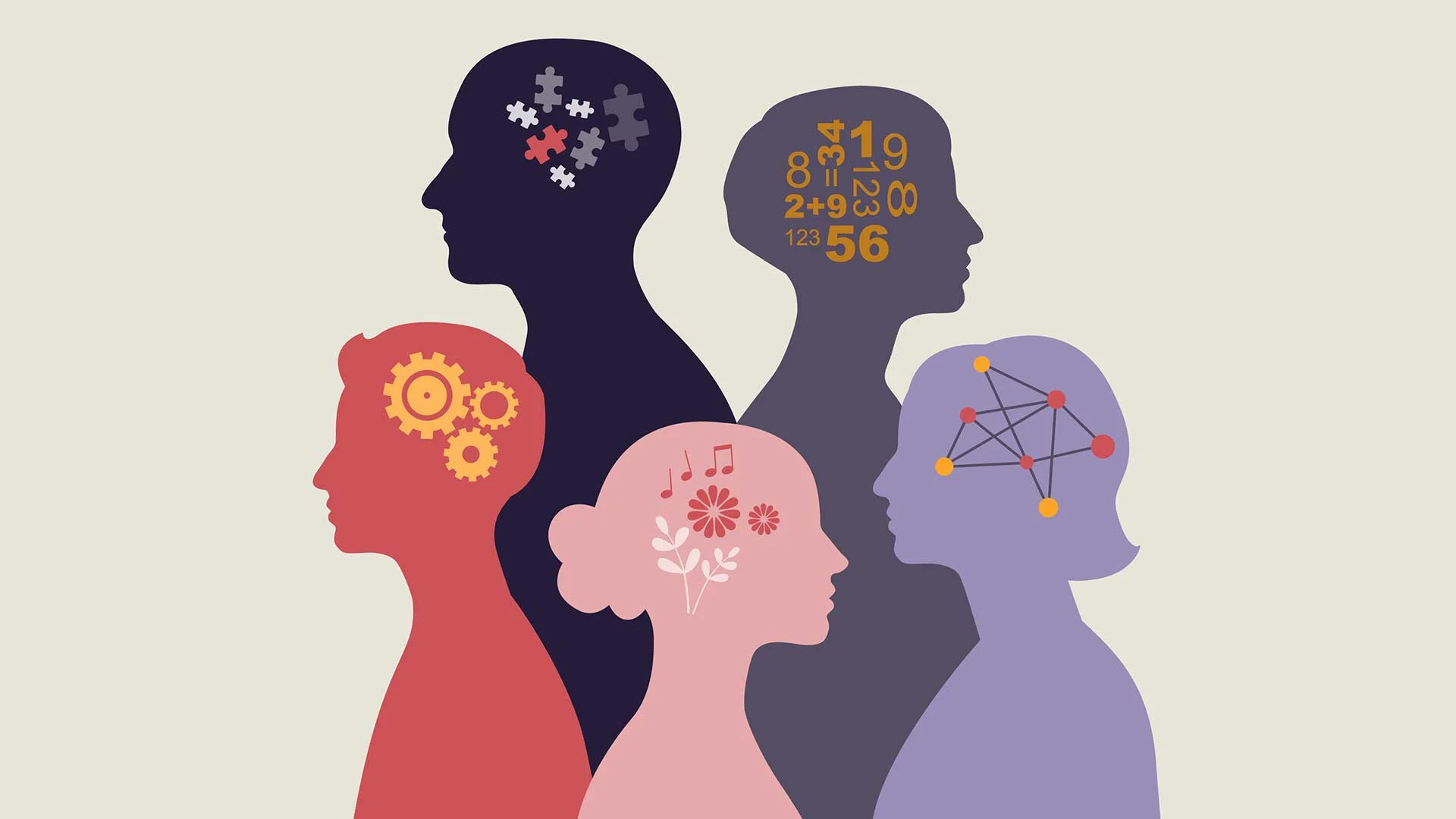
3. **Personality Traits at Play: Unpacking the Susceptibility to the Supernatural**It is intuitively plausible that certain personality traits might predict an individual’s comfort level with, and propensity towards, paranormal beliefs, and extensive research has indeed confirmed this to be the case. Specifically, studies have revealed that individuals who score highly on dimensions such as openness to experience, extraversion, or sensation-seeking are statistically more likely to endorse paranormal beliefs compared to their counterparts who score lower on these particular traits. Interestingly, people who do not typically describe themselves as “industrious” have also been found to exhibit a greater likelihood of holding such beliefs, suggesting a complex interplay of traits.
Beyond these established traits, a recent experiment conducted with students further illuminated how one’s comfort with ambiguity directly predicts how easily they become “creeped out.” Individuals who exhibit a low tolerance for ambiguity inherently crave clarity and experience considerable discomfort when confronted with uncertainty, whether concerning present circumstances or future outcomes. In the aforementioned study, participants with a higher intolerance for ambiguity expressed notably greater unease when presented with ambiguous or unsettling images.
Although this particular study did not explicitly inquire whether participants believed in ghosts or had personally encountered one, the findings strongly suggest a correlation. It is highly probable that individuals who are most easily unnerved or “creeped out” by uncertain stimuli are also the ones most prone to “seeing” ghosts. This highlights how a fundamental aspect of one’s personality—the comfort with the unknown—can profoundly influence the interpretation of ambiguous sensory information, leading to what is perceived as a supernatural encounter.

4. **The Role of Religious Background: Faith, Doubt, and Spectral Visions**Virtually every major religion across the globe offers a narrative regarding what transpires after death, often providing the profound assurance that physical demise is not the ultimate end of existence. There is, in fact, compelling evidence to suggest that individuals who identify as very religious often harbor less fear of death compared to others. This spiritual solace can be a powerful psychological buffer against existential anxieties.
However, there appears to be an intriguing caveat to this relationship between religious belief and the supernatural. While religion may effectively alleviate anxiety about death, it can paradoxically increase the likelihood of individuals being on edge about ghosts, spirits, and other supernatural beings during their lifetime. This nuanced effect, however, seems contingent upon the degree and nature of one’s religious engagement, revealing a more complex dynamic than might initially be assumed.
All available evidence points to a fascinating pattern: those who self-identify as believers but do not attend church regularly are twice as likely to believe in ghosts compared to individuals at the two extremes of religious commitment – namely, nonbelievers and the deeply devout. This suggests an inverted U-shaped relationship, where a moderate level of religious belief, untethered by regular communal practice, might create a unique susceptibility to paranormal phenomena. With most religions featuring an impressive array of prophets, gods, spirits, angels, and miracles within their core tenets, the very framework of religious faith can profoundly shape how one perceives unexplained events. It can influence whether a perceived visitor from the spirit world is welcomed or feared, while also dictating the identity attributed to such an encounter.
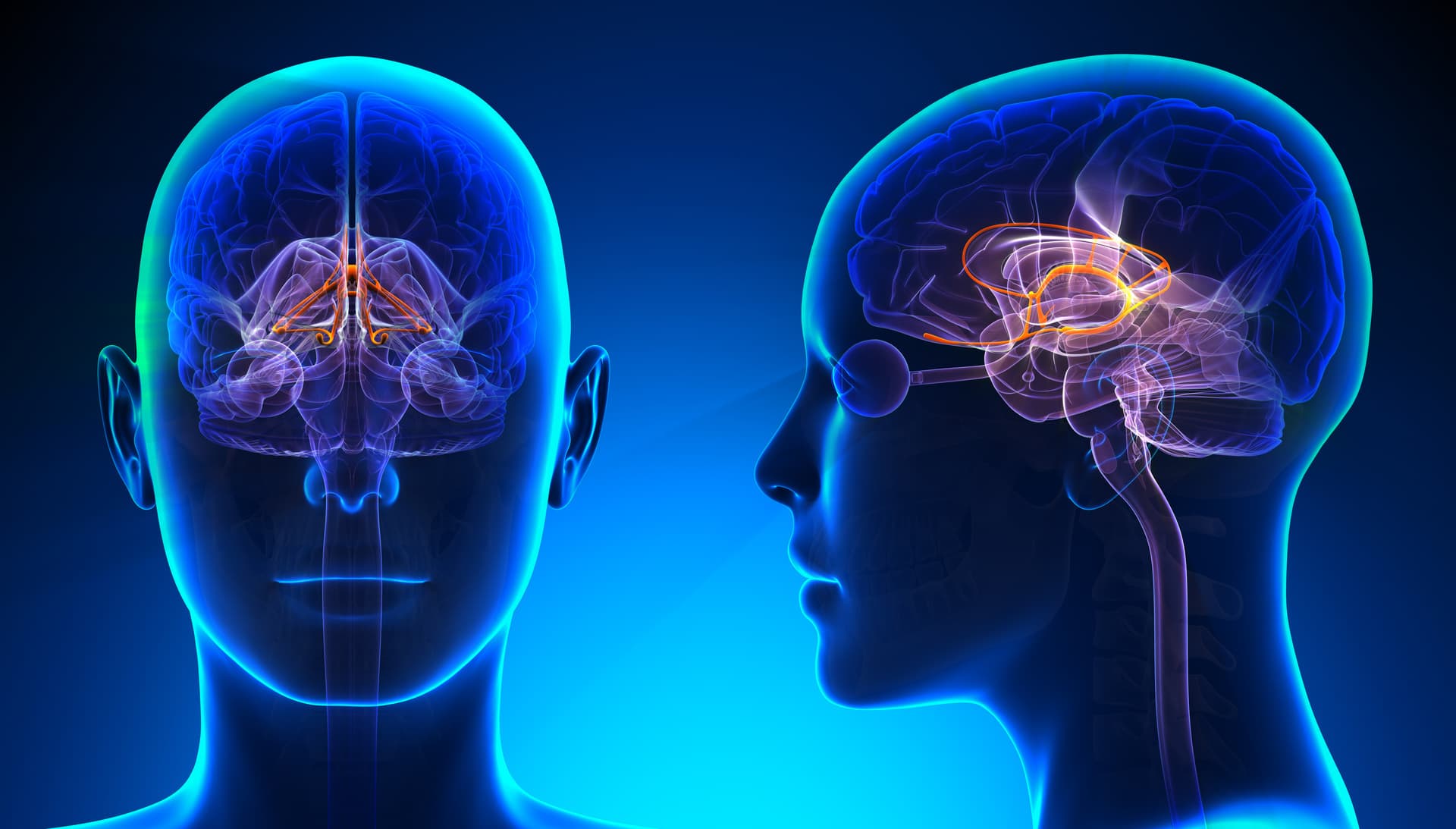
5. **Brain Chemistry and Medical Conditions: The Physiological Basis of Apparitions**The experience of seeing ghosts can often be deeply rooted in psychological processes that stem from biological events within the brain. A compelling case in point is Parkinson’s disease, where approximately 50 percent of affected individuals report experiencing hallucinations as one of their symptoms. These vivid, often distressing, hallucinations sometimes manifest precisely in the form of ghosts or other supernatural beings, providing a direct link between neurological function and perceived paranormal encounters.
Exciting and recent research from the laboratory of neuroscientist Olaf Blanke has further illuminated this connection, suggesting that a disruption in the communication pathways between the frontal and temporal lobes of the brain may be responsible for the hallucinations observed in Parkinson’s patients. Furthermore, Blanke and his colleagues have made a groundbreaking discovery: they were able to induce an experience of a presence or apparition in many epileptic patients by precisely stimulating the border area between the temporal and parietal lobes. This demonstrates that specific neural activations or dysfunctions can directly trigger the sensation of an external, unseen entity.
This evidence strongly indicates that seeing a ghost can indeed be a profound psychological experience with a clear foundation in biological processes. This physiological basis extends beyond diagnosed medical conditions; hallucinations frequently reported by high-altitude mountaineers, polar explorers, and solitary sailors, for example, can often be traced back to acute changes in brain chemistry. These changes are triggered by extreme environmental factors such as hypothermia, dangerously low oxygen levels, and prolonged social isolation. Moreover, conditions like schizophrenia can cause individuals to hear voices or experience visions, and people experimenting with psychoactive drugs such as LSD and magic mushrooms frequently report spiritual fantasies, further underscoring the brain’s role in conjuring these deeply impactful, seemingly external realities.
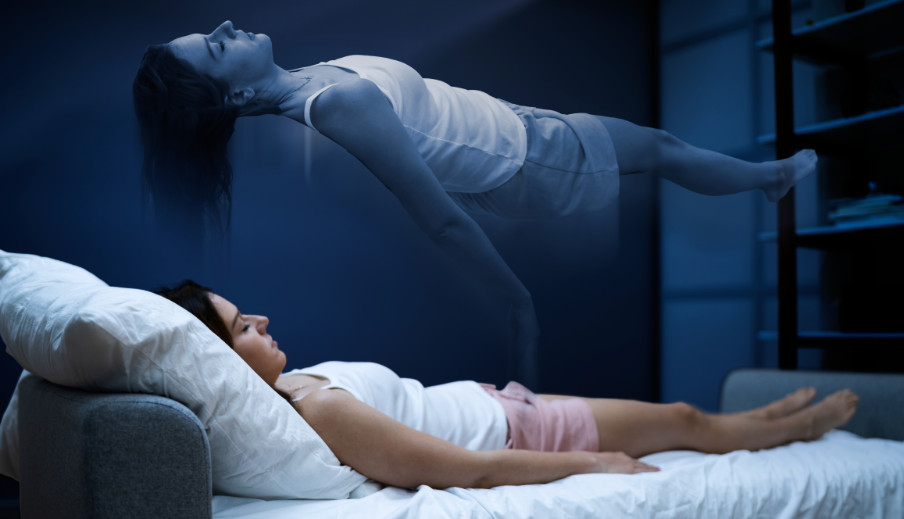
6. **The Enigma of Sleep Paralysis: Waking Up to a Nightmare**One of the most scientifically recognized explanations for vivid ghostly visions is the intriguing phenomenon of sleep paralysis. This condition represents a peculiar “glitch in the normal sleep mechanisms,” as described by Dr. Chris French, head of the Anomalistic Psychology Research Unit at London’s Goldsmiths University. When individuals transition into rapid eye movement (REM) sleep, their brains naturally prevent their bodies from moving, a state known as atonia. However, in cases of sleep paralysis, a person can find themselves waking up with conscious awareness but remaining completely unable to move, creating a terrifying sense of helplessness.
According to the NHS website, common symptoms accompanying sleep paralysis include a profound feeling that someone else is present in the room, or a sensation of being pushed down by an unseen force. Crucially, because REM is the sleep state most intimately associated with dreaming, vivid and often terrifying hallucinations can also occur during these episodes. Dr. French recounts a chilling example from one of his students, who described waking to see “a black cat by the side of the bed hissing at him. But it had an inverted cat skull with black goo dripping from its mouth.” Such experiences, while dream-like, feel intensely real due to the conscious waking state of the individual.
While hallucinations are reported in only a “small percentage” of sleep paralysis cases, Dr. French notes that because sleep paralysis itself is a relatively common phenomenon within the general population, “that small percentage accounts for lots of people who’ve seen a ghost.” This condition effectively bridges the gap between what is understood as a physiological sleep disorder and what is perceived as a supernatural encounter, offering a rational, albeit unsettling, explanation for many firsthand accounts of ghostly apparitions and disembodied presences. The sense of entrapment, floating, or detachment from one’s body often experienced further compounds the horror, making it a powerful and memorable event for those afflicted.

